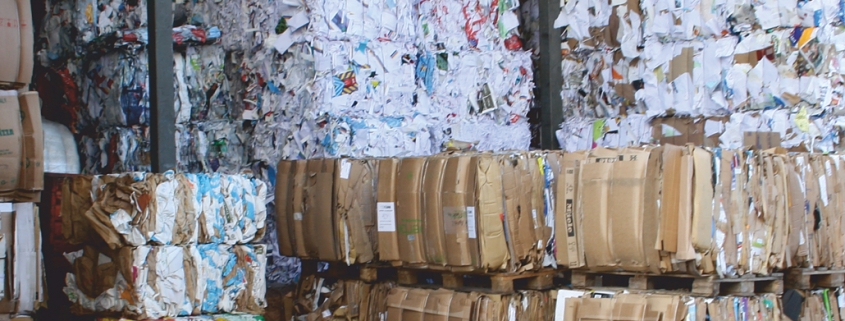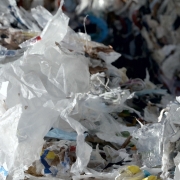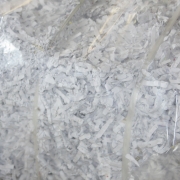Reduced Contamination and Program Costs of Recovered Paper
Recycling bags could be essential in reducing contamination and capturing lost revenue, according to a new study by researchers at Canadian York University.
As reported by the university, the study “Thinking Beyond the Box” – an examination of collection mediums for printed paper and packaging waste using publicly available information and surveys with stakeholders – “comes at a time when municipalities are grappling with meeting increasingly stringent standards from China, which buys around two-thirds of North America’s recycling”.
Cities across Canada have depended on the sales of these items to China – in some cases they offset over 20 percent of the costs of the city’s overall program, the information said. Under its National Sword policy, China is refusing to accept recyclables with more than 0.5 percent contaminated materials, like food residue, non-recyclable materials or products ending up in the wrong stream (i.e. plastic with paper). “To put it in contrast, cities like Toronto, Edmonton and Halifax have reported upwards of 20 percent contamination,” the university gave account. Peel Region was a prime example of the potential cost of contamination. After China turned away 13,000 tons of product from the region’s paper recycler Canada Fiber “Peel Region will likely be saddled with a 1.7-million Dollar bill for the loss”.
According to Calvin Lakhan, a postdoctoral Fellow in the Faculty of Environmental Studies at York University and the corresponding author of the report, the trend towards cart-based automation systems could be exacerbating the problem. “From a municipal perspective, the contamination rate more than doubled if not tripled after switching to a cart-based collection system,” he was quoted. As a result, revenue from post-recyclable materials – the same revenue expected to offset the cost of these programs – has fallen.
The York study found that contamination was eight percent lower in bag-based or bag and box-based systems when contrasted with cart or box-based systems. “Recyclable bags restrict contamination to the individual bag rather than the entire recycling cart’s contents, giving collectors an additional opportunity to screen the product for things like food residue or non-recyclable materials, improving recovery rates,” the university points out. “They also offer households and businesses a chance to add-on capacity as needed.”
Photo: O. Kürth
GR 2/2018







